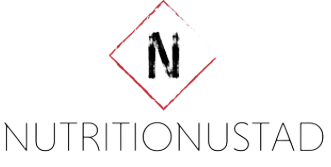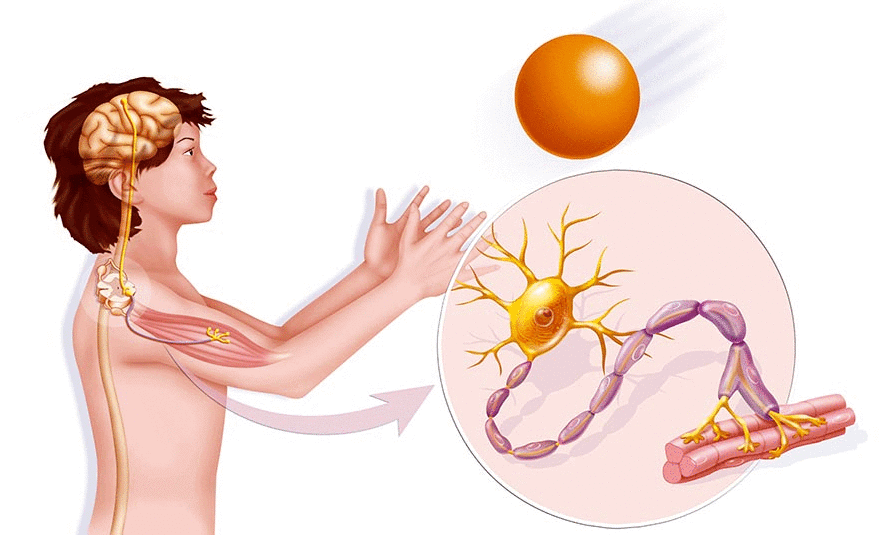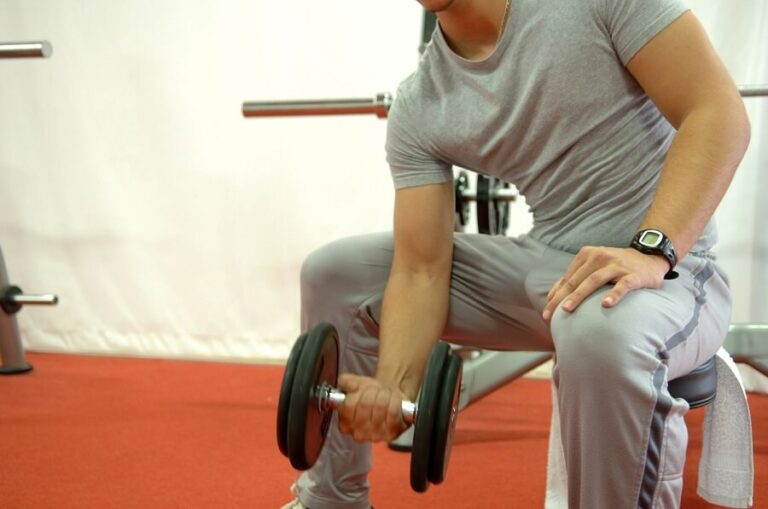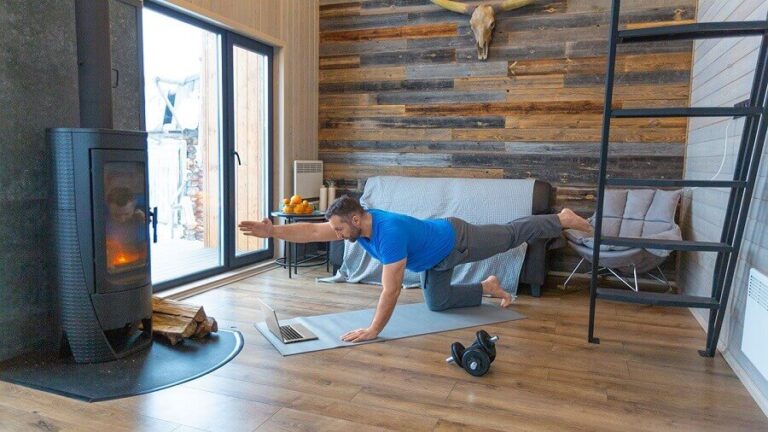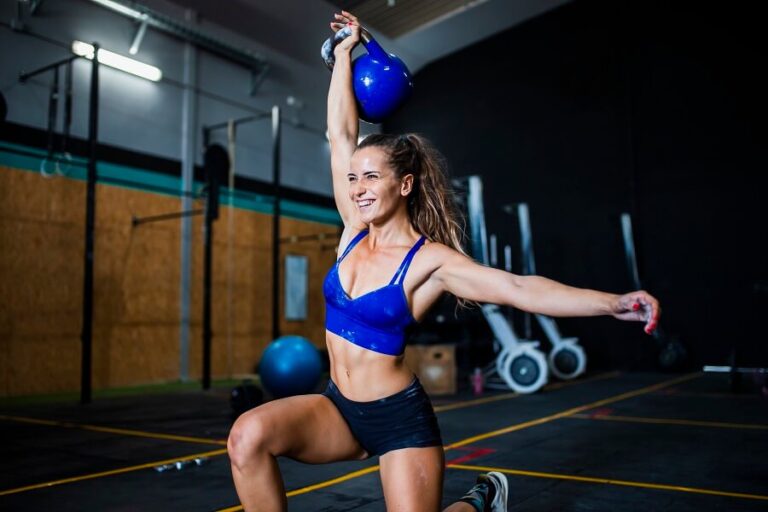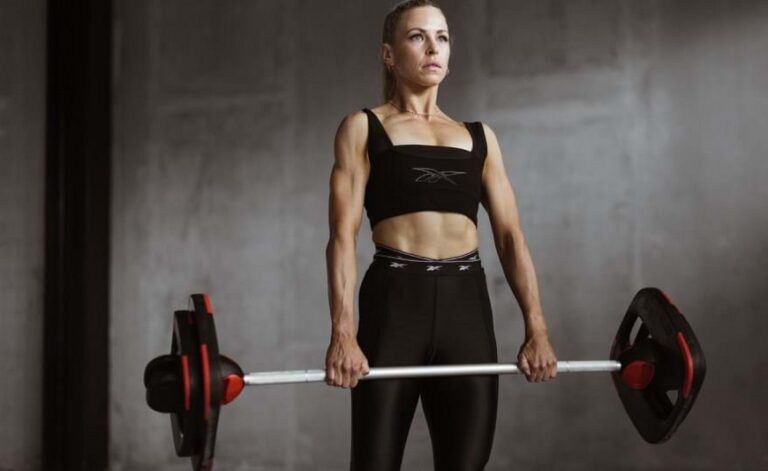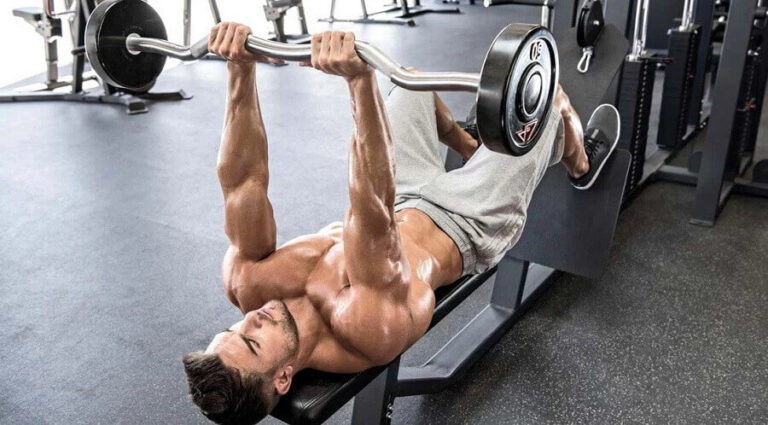Although many people understand weight lifting as strictly physical training, psychological aspects play a vital role. The neuromuscular connection is one of them.
Staying focused in the gym is hard sometimes. It is common to start thinking about routine problems and do the exercises by inertia.
Without realizing it, you are probably missing one of the essential secrets in sport: the mind-muscle connection. This is the key to improving the results in increasing muscle mass and avoiding sports injuries, and putting your mind in warrior mode.
This article describes the neuromuscular connection concept, its benefits, and how to improve the mind-muscle link.
What is the neuromuscular connection?
By definition, the neuromuscular connection is the union of a motor neuron with muscle fibers. The neuromuscular junction is formed when a neuron makes contact with a thread and transmits signals (neurotransmitters) to the components of the muscles and causes them to contract. (1)
Improving the neuromuscular connection allows you to learn to feel the muscles and increase their participation during exercise.
The developed neuromuscular connection distinguishes a beginner lifting the weight by inertia from a professional athlete who uses the body’s capacities to 100%.
Ultimately, connecting the muscles to the brain helps make workouts more efficient.
How to improve the neuromuscular connection?
The essential methods for developing neuromuscular communication are concentration and visualization. Imagine how the muscle tightens and relaxes when lifting weights, and blood circulates during contractions.
If these processes are complex for you to visualize, put your hand on a muscle (or ask your trainer or gym buddy for help) and feel how you work.
To improve your neuromuscular connection, you need to start low. Learning the movements in the gym is the basis for tensing the muscles and not diverting the loads to the joints.
An essential tip to improve your neuromuscular connection is to start with a practically weightless warm-up. Also, it is necessary to consider the fact that there are several types of muscle fibers.
Slow (red) fibers develop best when performing static exercises, while fast (white) fibers increase strength when performing dynamic movements. To improve the brain-muscle connection, combining different types of loads is necessary.
Benefits of improving the neuromuscular connection
Studies have confirmed that increased athletic performance by up to 30% by improving muscle connection. (1,2,3)
When it comes to runners or cyclists, improving the connection between the brain and the muscles of the legs allows to increase the duration and distances and have a lower risk of knee injuries. (1)
The benefits of improving the neuromuscular connection are:
- Improve muscle symmetry and strength
- More muscle mass and volume
- Lower risk of injury
- Work small and hidden muscles
- Improve athletic performance.
Neuromuscular connection practical tips for the gym
Before starting barbell exercises, beginners are advised to perform several repetitions with minimal weight. For example, before doing barbell squats, you should do at least two squats with your arms extended forward—each of 10 to 15 slow repetitions.
This is an easy way to learn to feel your buttocks, legs, and abdomen muscles. Strengthening the neuromuscular connection will prevent knee injuries and typical low back pain.
In the case of the flat chest press (or any other exercise with chest bars), it is also essential to start with a physical warm-up. The push-ups or the same media only with the bar are ideal for learning to feel the tension of the muscles and their participation in the exercises. When gaining weight, you should try to recreate this feeling of neuromuscular connection.
Functional training and neuromuscular connection
Functional training is one of the best methods to improve the neuromuscular junction. Working with moderate or low loads allows for reinforcing the brain-mind connection of the body’s different muscles.
In addition to improving the neuromuscular connection, this type of training allows you to develop strength. For this reason, including this type of exercise at least two times a week is ideal for improving training results.
Workouts with a vast working weight can worsen the neuromuscular connection. Training to failure with no muscle strength significantly increases the risk of injury. Ultimately it has no benefits in muscle hypertrophy processes. Instead, it wears out the joints.
Neuromuscular connection and bodybuilding
In professional bodybuilding, special attention is paid to the development of neuromuscular communication. This allows you to pose in competitions and consciously feel all your muscles.
In particular, improving the neuromuscular connection is especially important for small muscle groups.
On the other hand, in the absence of a connection between the muscles and the brain, good body symmetry will likely not be obtained—an essentially undesirable fact for bodybuilders.
Muscle volume and the connection of fibers with the brain
Strengthening the connection between the muscles and the brain is essential to increasing muscle volume. This is when a positive cycle is entered. The greater the importance of the power, the easier it will be to feel its work and control it mentally.
Combining training with exercises with low weight and a high number of repetitions, followed by maximum negative repetitions, is an excellent method to intersperse volume and neuromuscular connection.
Growth, memory, and muscle connection
The development of neuromuscular connections is directly related to the development of muscle memory. Once you have learned to feel your muscles and tighten them, it is doubtful that you will lose this ability, even after years of lack of training.
With good neuromuscular connections, an athlete can regain muscle volume quickly. Remember that muscle growth is primarily related to the ability to engage muscle fibers at work and not just to an increase in weight.
Developing an excellent neuromuscular connection (the connection between the brain and the muscles) should be essential for workouts.
Achieving balanced muscle growth without the ability to feel the movement of the muscles is impossible. To improve the brain-muscle connection, special attention should be paid to warming up, slowing down, and working weight.
